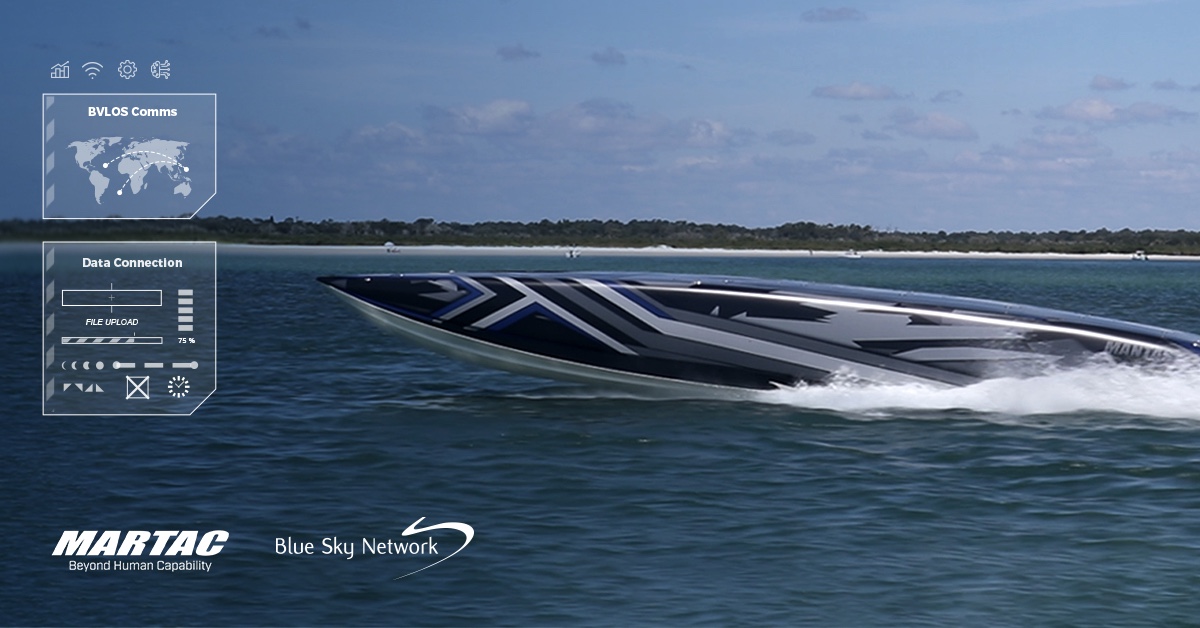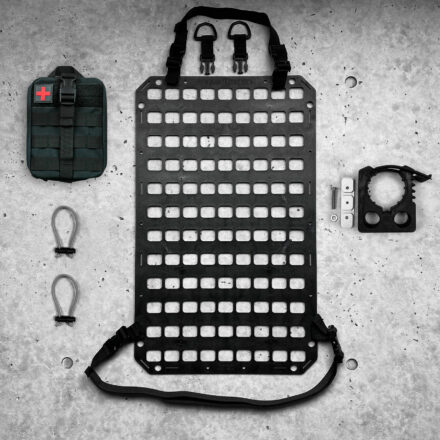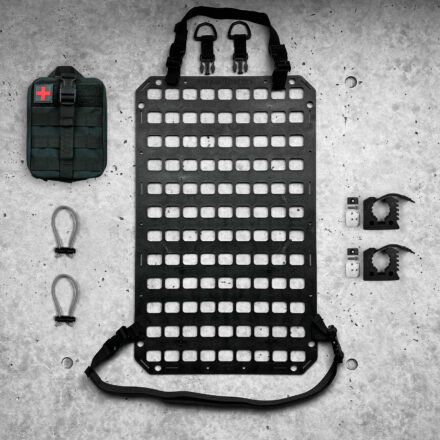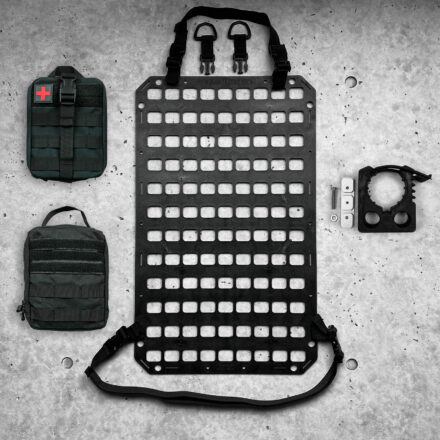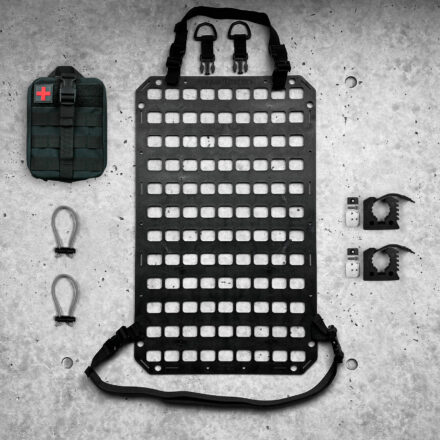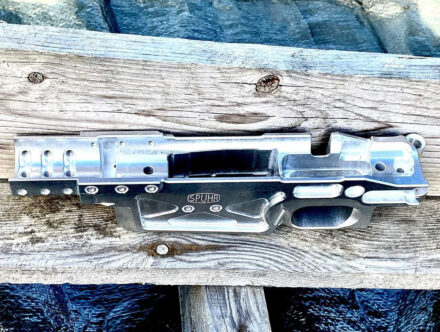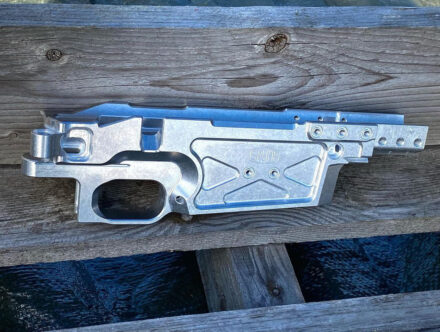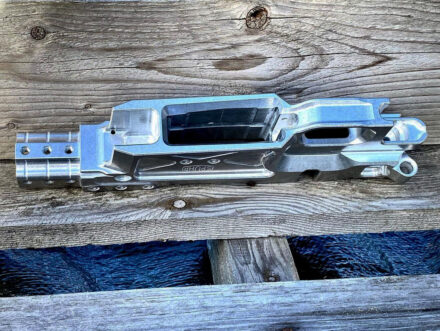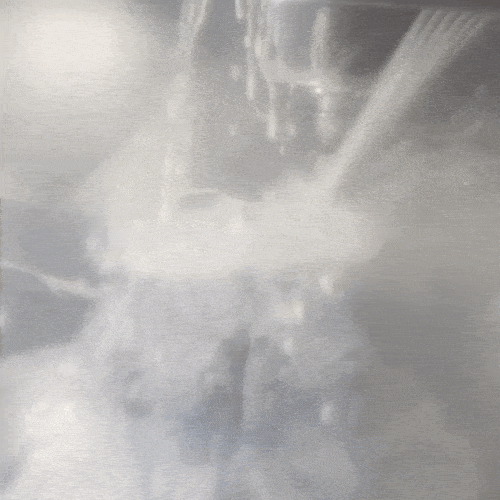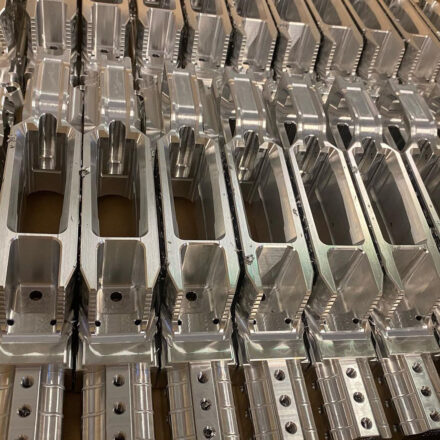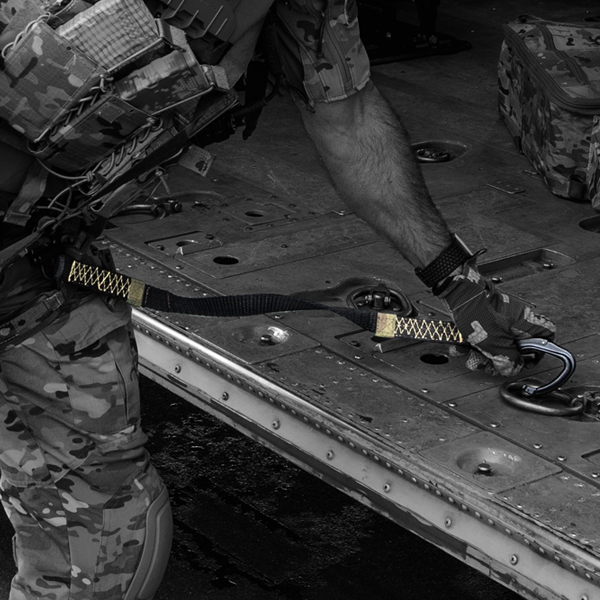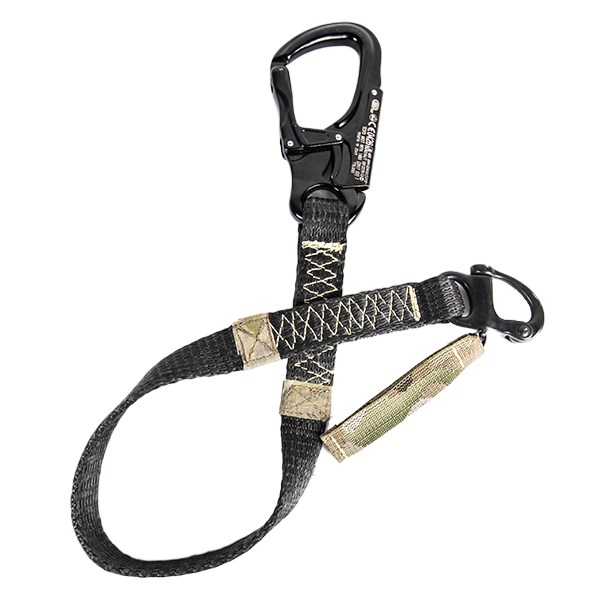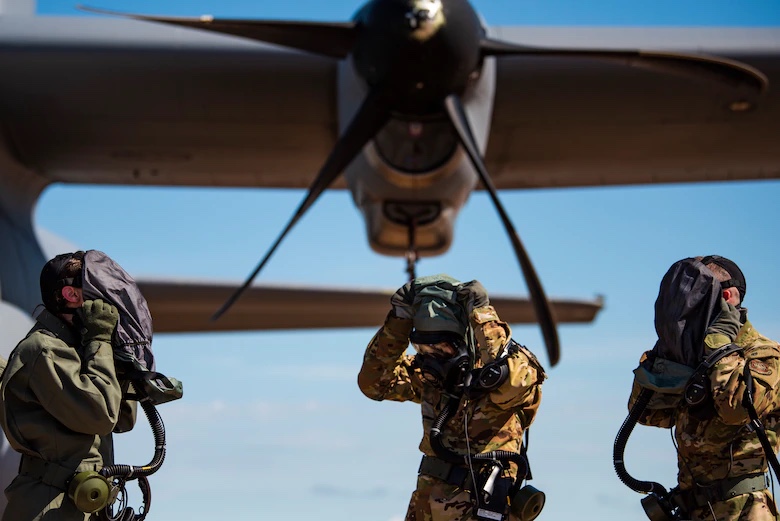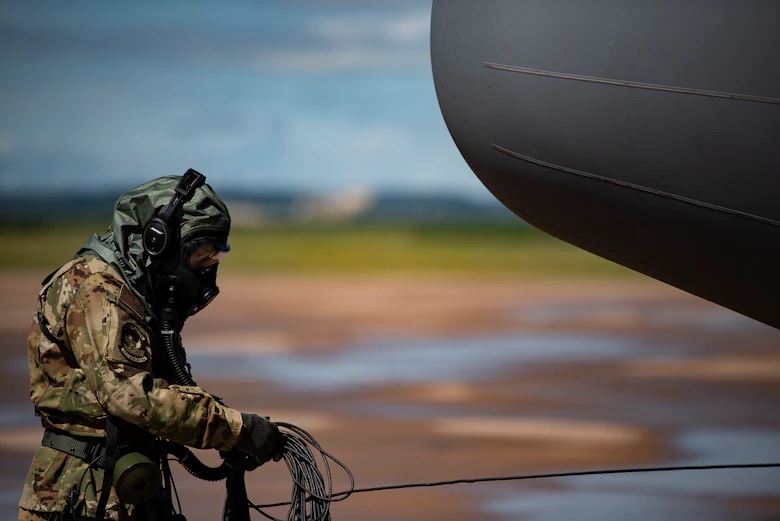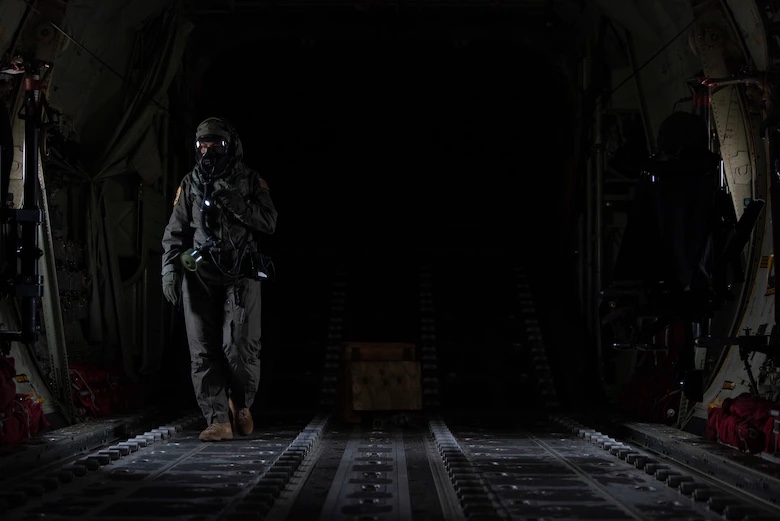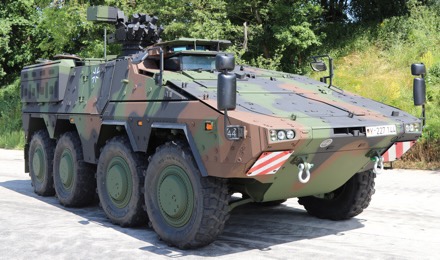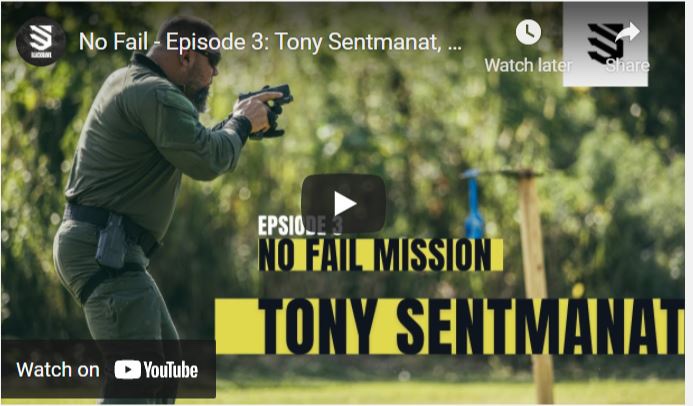
CENTENNIAL, Colo. (June 2021) – SKYDEX, a global leader in advanced impact mitigation and energy absorption solutions, today announced that the company has partnered with Helmet Comp to design the next generation of helmet protection and introduce the new, state-of-the-art SKYDEX IsoFit Helmet Protection System.
The combined expertise of SKYDEX and Helmet Comp will benefit the tactical helmet industry, as they partner with best-in-class technologies to improve user fit and impact protection for those in the military and law enforcement communities. With incredible energy absorbing capability and an unrivaled fit system, together these innovators aim to reshape the future of helmet protection.
“By combining the impact protection expertise of SKYDEX and the fit expertise of Helmet Comp, we will help solve the challenges tactical helmet users have faced for years and improve operational effectiveness,” said Collin Metzer, Director, Blast & Ballistics at SKYDEX. “We shared a vision with Helmet Comp to create a new helmet protection system that offers users comfort without compromising protection. The early reception from industry end users has been overwhelmingly positive.”
The SKYDEX IsoFit Helmet Protection System features superior impact protection with an industry-leading energy-absorption pad system that can be easily integrated into any tactical helmet. With a patented system and 8-points of adjustment, the IsoFit line provides a customized fit and unmatched helmet stability to minimize distractions while users are in action. An added benefit includes open-airflow, designed to keep heads cool and dry in hot environments, combined with superior protection and fit, all of these elements offer users a safer and more comfortable experience, improving operational effectiveness. SKYDEX has launched limited quantities of this new Helmet Protection System for pre-order, and will announce additional details in the coming weeks.
“Collaborating with the passionate team at SKYDEX on the new SKYDEX IsoFit Helmet Protection System has been a rewarding project,” said Brad Maloney, CEO & Founder at Helmet Comp. “Our partnership of shared ideas and technologies will help the company continue its mission of protecting people across the globe. We’re grateful for the opportunity to be a part of the future of helmet protection with SKYDEX and to revolutionize a design that makes it not only safer, but easier for users to do their job while in action.”
To learn more about SKYDEX’s early adoption program and to sign up for the limited release of the new IsoFit Helmet Protection System available fall 2021, please visit www.skydex.com/product/skydex-isofit-helmet-protection-system.


